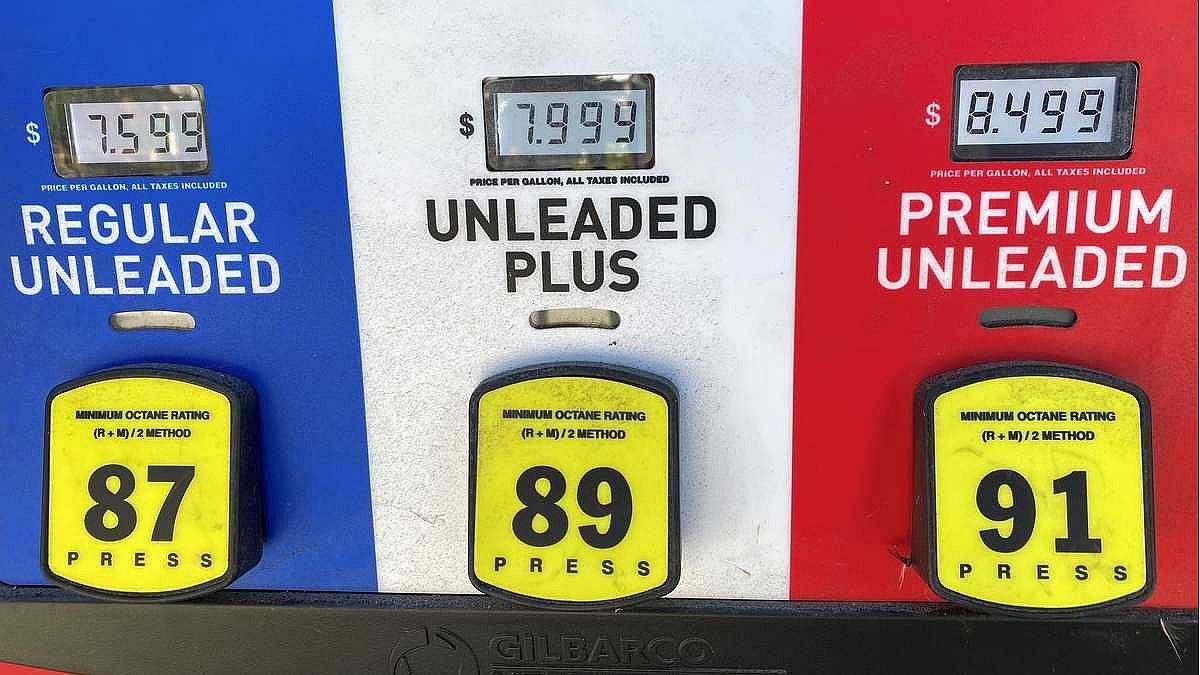The average price of gasoline today reached u$s4,173 the gallon (3.7 liters), record since 1990 when government records began. In this way, compared to a week ago, consumers are paying 55 cents more on the dollar, 72 cents more than a month ago, and u$s1.40 compared to a year ago.
Prices vary between states, and in California the value scales to u$s5,444 the gallon, according to data from the American Automobile Association (AAA, for its acronym in English) released by the Bloomberg agency. However, at EXXON service stations in Los Angeles you can already pay up to US$7.55 per gallon and at Chevron outlets up to US$7.79. This last price is equal to u$s2,105 per liter, about 395 Argentine pesos at the official exchange rate.
In other countries the effects of the price of crude are also being felt, and in GermanyFor the first time, the price of fuel rose to more than 2 euros per liter, as reported today by the ADAC automobile club and released by the DPA agency. In March of last year, the value of gasoline in Germany it was just from 1,315 euros per literMeanwhile in Spain the average price per liter jumped from 1,338 euros up to 1.77 today.
Today the international price of oil, whose impact tends to precede the value at the pump by a few weeks, is already at more than US$129, both in the case of a WTI and Brent barrel, compared to a price prior to the war in about 97 dollars.
Analysts at Oslo-based consultancy Rystad Energy They estimated that oil could rise up to $200 per barrel if Europe and the United States ban imports of Russian oil. Decision that Joe Biden finally decided to adopt.
Russian Deputy Prime Minister Alexander Novak went further, predicting “catastrophic consequences for the global market” if US purchases of Russian crude are cancelled. “The rise in prices would be unpredictable. It would be $300 a barrel, if not more,” he anticipated.
What can happen with fuels in Argentina?
In Argentina, fuels increased by an average 9% last February, after a price freeze since May 21, 2021. Today a liter of YPF Super naphtha in the Federal Capital -the local market reference- is paid $99 a liter (u$s0.52 at the official exchange rate plus taxes), while the Premium version $116.90 ($0.622).
In Córdoba, the YPF Premium is paid $128.30 and the super ones $108.40. In Rosario, the blackboards indicate $126.20 and $107.80, respectively.
PUMPS.jpg
At the time of deciding the last increase in February, it was taken into account that the peso devalued 11.35% against the dollar, 29.18% inflation was recorded according to the BCRA projection, the price of ethanol rose by 16.07% and that of biodiesel by 46.41%, while the price of oil, in the Brent index, grew by 31%, YPF sources indicated at that time.
At present, the official dollar remains stable around $188 and inflation remains around 3% per month, but the price of a barrel of Brent oil stood at u$s129after touching the u$s140. As anticipated in the domestic market, These strong price movements could lead to another imminent adjustment in Argentine suppliers. Analysts and businessmen insist that the delay in prices in Argentina continues to be above the fifteen%.
From the Secretary of Energy they highlighted that January set a record for fuel sales in a decade, by the tourism boom and affordable prices.
Thus, in the first month of 2022 the sale of all varieties of gasoline and diesel totaled 1,450,786 cubic meters, 16% more than in 2021 and 2.77% compared to 2020, prior to the pandemic. Official data revealed that of every 100 liters that are marketed, 38 are super naphtha and 28 grade 2 diesel. The Premium versions share 17% each.
In addition, YPF confirms its position as the main player in the domestic market, with 52.7% of total sales. They are followed by Shell (22%) and Axion (13.7%).
Source: Ambito
David William is a talented author who has made a name for himself in the world of writing. He is a professional author who writes on a wide range of topics, from general interest to opinion news. David is currently working as a writer at 24 hours worlds where he brings his unique perspective and in-depth research to his articles, making them both informative and engaging.




